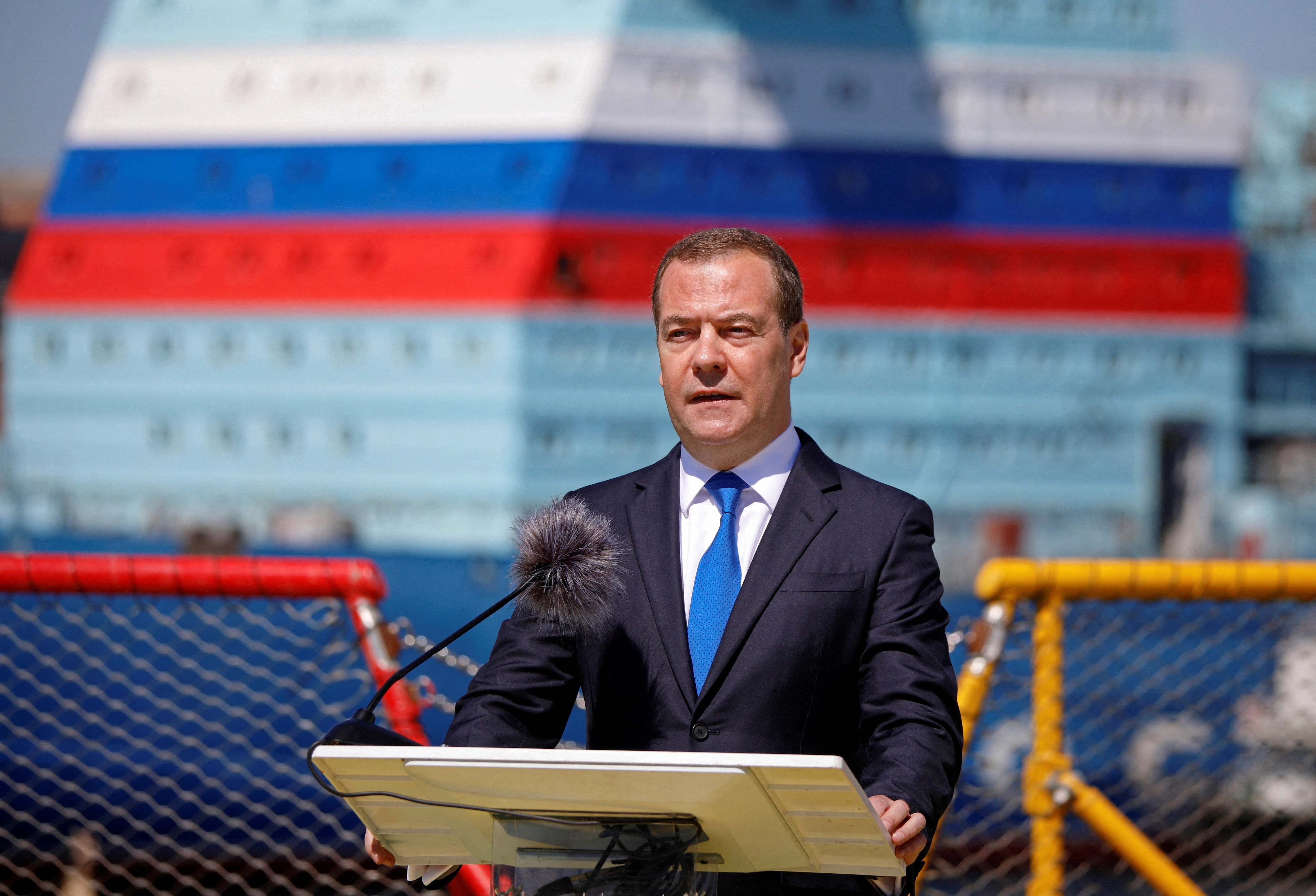The Defence Minister has officially approved the execution model for the much-anticipated new fighter jet programme, a significant milestone in the nation’s defense capabilities. This approval marks a crucial step forward in the development and deployment of advanced aerial assets, which are essential for ensuring national security and maintaining air superiority. The execution model outlines the strategic framework and operational parameters that will guide the programme’s implementation, focusing on efficiency, innovation, and collaboration with industry partners.
This new fighter jet programme is expected to incorporate cutting-edge technology and design, reflecting the latest advancements in aerodynamics, avionics, and weaponry. By utilizing state-of-the-art materials and systems, the jets will not only enhance combat effectiveness but also improve operational readiness and sustainability. The execution model emphasizes a phased approach, which includes rigorous testing and evaluation to ensure that the final product meets the stringent requirements set by the armed forces. This approach aims to mitigate risks and ensure that development timelines remain on track.
Moreover, the approval of the execution model signals a commitment to fostering domestic capabilities in defense manufacturing. By involving local industries and research institutions in the development process, the programme is designed to stimulate economic growth and create job opportunities within the aerospace sector. It reflects a broader strategy to enhance self-reliance in defense production, reducing dependency on foreign suppliers while also boosting the country’s innovation ecosystem. As the programme progresses, it is anticipated that it will not only bolster the military’s operational capabilities but also contribute to advancements in technology that may have civilian applications.
The Defence Ministry is optimistic about the potential impact of the new fighter jet programme on the overall defense landscape. With the execution model in place, the next steps will involve collaboration with various stakeholders, including defense contractors, engineers, and military personnel, to ensure that the project remains aligned with national defense objectives. The successful realization of this initiative will not only enhance aerial combat capabilities but also serve as a testament to the country’s dedication to maintaining a robust and modern defense posture in an increasingly complex global security environment.




